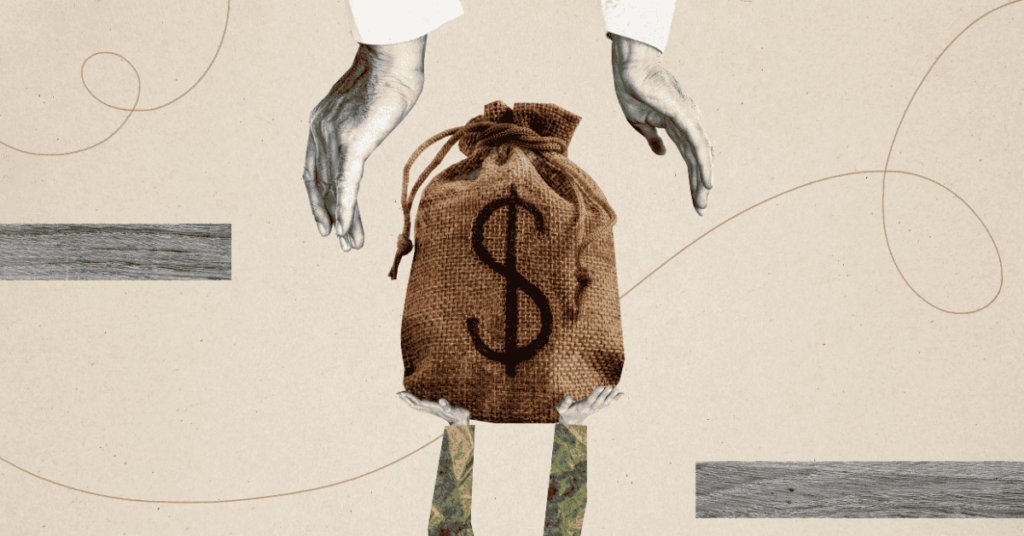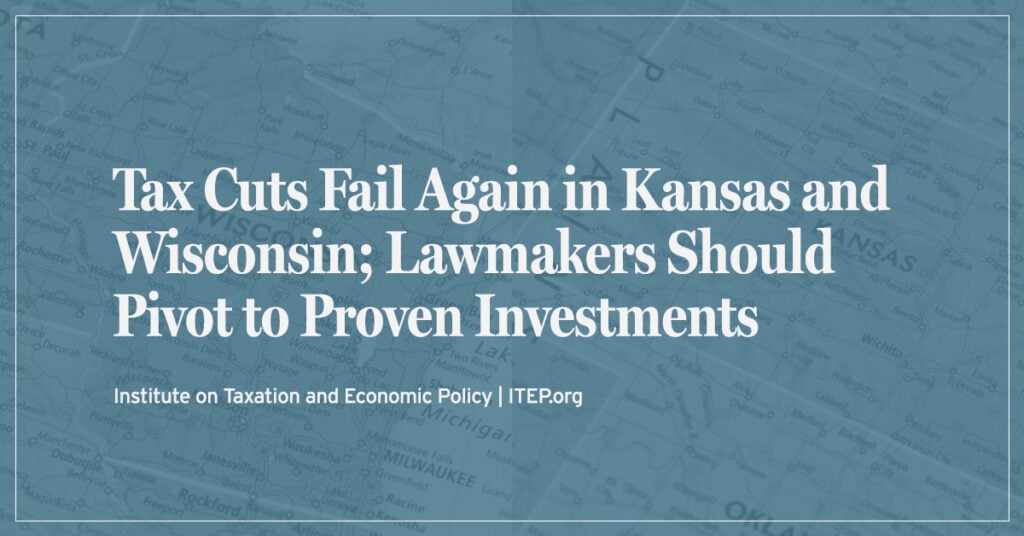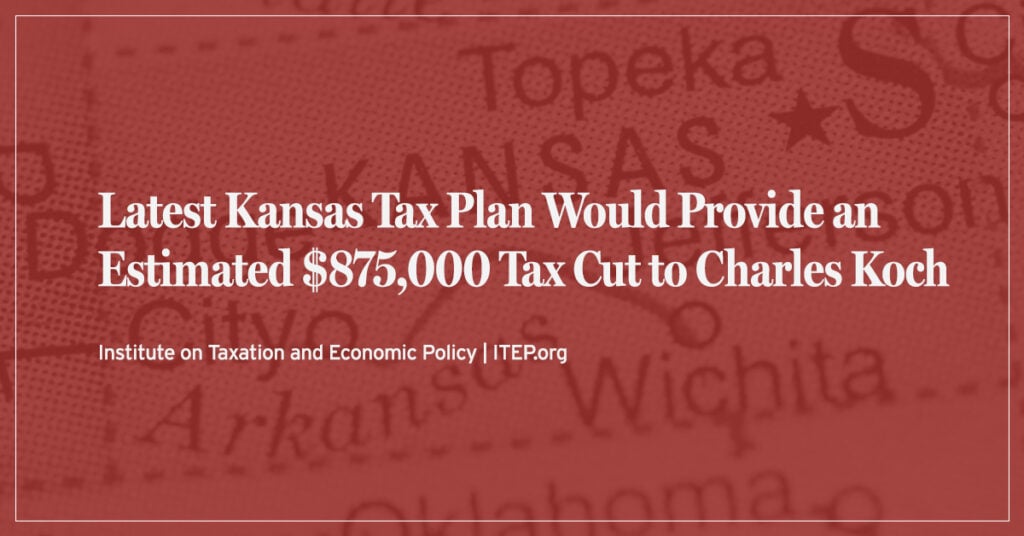Published on -11/25/2012, 9:37 AM
Kansas First Lady Mary Brownback has accepted a difficult responsibility. As unofficial adviser to a task force studying ways to reduce childhood poverty in the state, she might be required eventually to deliver bad news to her husband. It all depends on how seriously the governor-appointed panel accepts its task.
The current reality for young Kansans is somewhat dire. More than 21 percent of Kansas children live in poverty, defined for a family of four as making less than $23,050.
“This matter is vitally important because poverty affects every aspect of children’s lives — their development, their ability to learn at school and their hopes for the future,” Mary Brownback said.
Kansas certainly isn’t the only state dealing with this crisis. Nationally, the rate of childhood poverty is 23 percent. The Great Recession helped boost the numbers, although the United States historically has one of the highest rates in the world. Among developed countries, only Mexico, Chile and Turkey have higher rates than the U.S.
Gov. Sam Brownback wants to tackle the problem. Such a focus would be laudable under normal conditions.
But this is Sam Brownback, king of the ultra-conservatives. Based upon the first meeting of the Governor’s Task Force on Reducing Childhood Poverty, more attention likely will be paid to the governor’s social agenda instead of the economic forces at play.
The panel heard from Ron Haskins, a senior fellow with The Brookings Institution, who said a leading cause of child poverty was the increase in non-marital births.
“(Children) need a mom, they need a dad, they need consistency,” Haskins said. “… if that occurs, it has major impacts on development.”
Page Walley, a director with Casey Family Programs, told the task force it needed to reduce the number of children removed from the parents and placed in foster homes.
Linda Malone-Colon, a university psychologist, believes the state’s sex-education requirements should stress the importance of religious faith in the development of healthy marriages.
We can’t say we’re surprised by the direction. The governor had indicated he wants greater collaboration between state agencies, faith-based groups and other organizations to address the problem. And while we have nothing against such a plan, that can’t be the only approach.
Perhaps Mary Brownback can offer some of the sobering reality to her well-meaning husband. Items such as why are fewer Kansas children benefiting from the Temporary Assistance for Families Program or the Kansas Child Care Assistance Program.
According to Shannon Cotsoradis, president and CEO of Kansas Action for Children: “Several policy changes that took effect Nov. 1 might be making it harder for families to utilize TAF and child care subsidies. Both of these programs strengthen the Kansas economy and allow more parents to enter and remain in the work force.”
Or maybe the first lady can ask why the governor and state legislature agreed to an unprecedented reduction in income tax rates while at the same time eliminating various tax credits, such as the food sales tax rebate and breaks for child care and renters. The combination of these two reforms will end up with every household making more than $25,000 receiving a decrease.
Everybody earning less than that — some 41 percent of Kansans — will have a net increase.
The Institute on Taxation and Economic Policy calculates that a Kansas family of four earning $17,000 will end up $294 poorer next year because of the extremely regressive tax policies enacted.
Does anybody else see the potential for higher childhood poverty rates beginning next year?
Will this task force be able to articulate such concerns? Perhaps the first lady can, as we’ve seen what happens when legislators and staff buck the governor. Their tenure in office is shortened significantly. Surely Mary Brownback wouldn’t receive the same type of retaliation.





